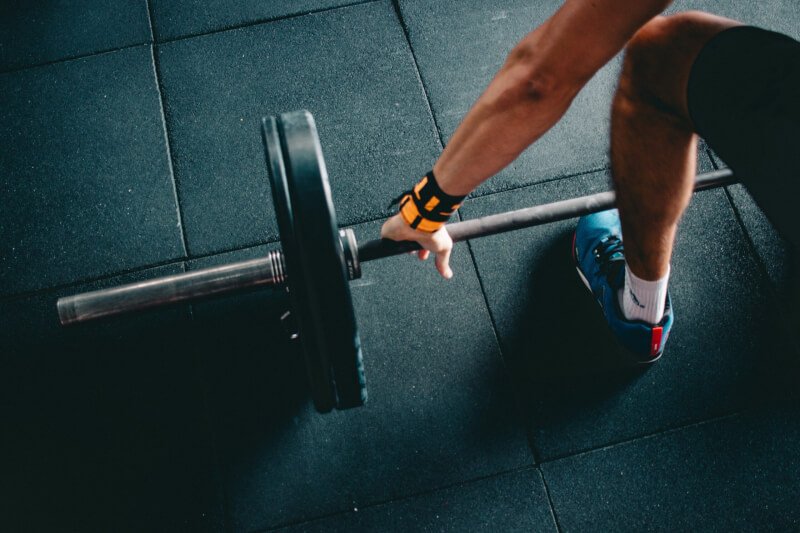If you’re over 50 and looking to stay fit and active without leaving the comfort of your home, this article is for you! We understand that finding the motivation to exercise can be challenging, especially when you’re not sure where to start. However, with a variety of workouts designed specifically for people over 50, you can easily incorporate fitness into your daily routine and enjoy the benefits of a healthier, happier lifestyle. From strength training to yoga and cardiovascular exercises, we’ve got you covered with effective workouts that can be done in the comfort of your own living room. So, let’s get started on your journey towards a fitter, stronger you!
Cardiovascular Exercises
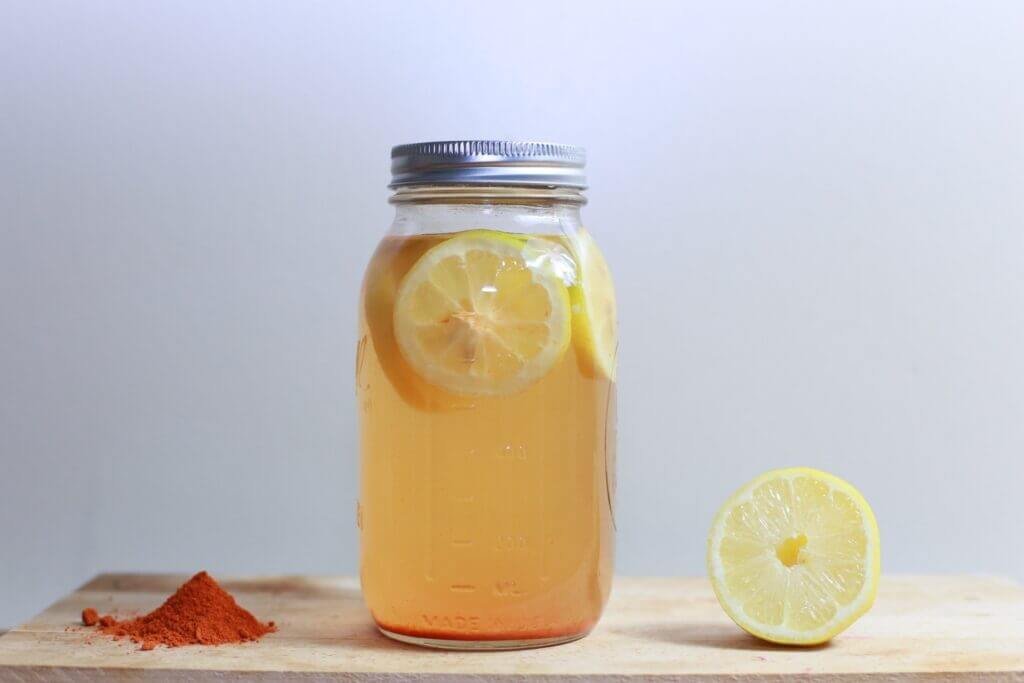
Walking
Walking is a fantastic cardiovascular exercise for individuals over the age of 50. It is a low-impact activity that can be easily incorporated into your daily routine. Whether you prefer brisk walks in the park or strolls around the neighborhood, walking helps improve heart health, burn calories, and increase overall stamina. It is a great way to strengthen your leg muscles, improve your balance, and promote joint flexibility. Additionally, walking provides an opportunity to enjoy fresh air and nature, reducing stress and promoting mental well-being.
Cycling
Cycling is another excellent cardiovascular exercise suitable for individuals over 50. It can be done outdoors on a bicycle or indoors on a stationary bike. Cycling is a low-impact exercise that puts minimal stress on your joints while providing an excellent workout for your lower body muscles, including the quadriceps, hamstrings, and glutes. It is an effective way to improve cardiovascular fitness, increase lung capacity, and burn calories. Whether you choose to cycle outdoors or opt for a stationary bike at home, cycling is a fun and enjoyable exercise that can easily be adapted to your fitness level.
Swimming
Swimming is a highly recommended cardiovascular exercise for individuals over 50, especially for those who are looking for a low-impact workout. The buoyancy of the water reduces the impact on your joints, making it an ideal exercise for individuals with joint issues or arthritis. Swimming engages the entire body, providing an excellent workout for your muscles while simultaneously improving cardiovascular endurance. It is known to increase lung capacity, strengthen the heart, and enhance overall flexibility. Whether you are doing laps in the pool or participating in water aerobics classes, swimming is a refreshing and rejuvenating exercise that is suitable for all fitness levels.
Dancing
Dancing is a fun and dynamic cardiovascular exercise that can be enjoyed by individuals of all ages, including those over 50. It is not only a great way to burn calories, but it also enhances coordination, balance, and muscle strength. By engaging in different dance styles such as ballroom, salsa, or Zumba, you can improve cardiovascular fitness, increase agility, and boost overall endurance. Dancing is also known to enhance cognitive function and reduce the risk of age-related cognitive decline. So put on your favorite tunes, let loose, and groove to the music – dancing keeps you active and brings joy to your workouts!
Strength Training
Bodyweight exercises
Bodyweight exercises are a fantastic way to improve strength, build lean muscle, and enhance overall body composition. They are particularly beneficial for individuals over 50 as they can be easily modified to suit different fitness levels and are highly accessible. Bodyweight exercises, such as squats, push-ups, and lunges, target multiple muscle groups simultaneously, making them highly effective. They can be performed using your own body weight as resistance, requiring little to no equipment. Incorporating exercises like planks, mountain climbers, and burpees into your routine can help improve core strength, stability, and overall body functionality.
Resistance band exercises
Resistance band exercises are a safe and effective way for individuals over 50 to build strength and tone muscles. They provide gentle resistance, making them suitable for individuals with varying fitness levels and joint conditions. Resistance bands are lightweight, portable, and versatile, allowing you to perform a wide range of exercises targeting different muscle groups. Whether you’re working on your arms, legs, or core, resistance bands can be utilized to increase muscle strength, improve flexibility, and enhance stability. Some popular resistance band exercises include bicep curls, lateral raises, and seated rows.
Dumbbell exercises
Using dumbbells is an excellent way to engage your muscles and challenge your strength as you age. Dumbbell exercises offer a wide range of options for individuals over 50, allowing you to target specific muscle groups and gradually increase resistance. Start with lighter weights and gradually progress as your strength improves. Dumbbell exercises like shoulder presses, chest presses, and bicep curls help to strengthen and tone your upper body. Additionally, exercises such as squats, lunges, and deadlifts can be performed with dumbbells to work on lower body strength. Incorporating dumbbell exercises into your routine can help prevent muscle loss, increase bone density, and improve overall functional fitness.
Chair exercises
Chair exercises are a convenient option for individuals over 50 who may have mobility limitations or prefer a seated workout. These exercises can be performed using a sturdy chair or even your couch, making them accessible for everyone. Chair exercises focus on building strength and improving flexibility while providing stability and support. They target various muscle groups, including the arms, legs, and core. Seated marching, arm curls, shoulder shrugs, and leg extensions are just a few examples of effective chair exercises. Incorporating these exercises into your routine can help maintain muscle tone, increase joint mobility, and enhance overall fitness from the comfort of your own home.
Flexibility and Balance Exercises
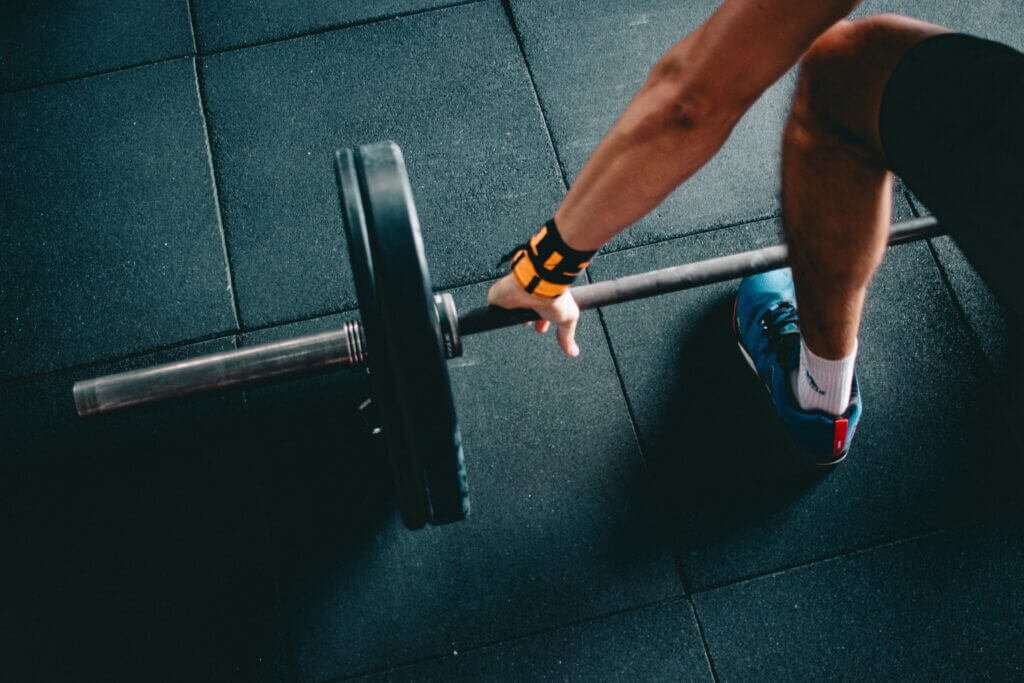
Yoga
Yoga is a popular exercise choice for individuals over 50 due to its numerous physical and mental benefits. It focuses on improving flexibility, balance, and posture while promoting relaxation and stress reduction. Yoga incorporates a series of poses and movements, accompanied by controlled breathing and mindfulness. Regular practice of yoga can increase joint range of motion, improve muscle strength, and enhance overall body awareness. It is particularly beneficial for reducing age-related stiffness, relieving joint pain, and increasing mobility. Whether you’re a beginner or have been practicing for years, yoga offers a wide range of classes and styles to suit your needs.
Pilates
Pilates is a low-impact exercise method that focuses on developing core strength, flexibility, and body alignment. It is especially beneficial for individuals over 50 due to its emphasis on improving posture, stability, and joint mobility. Pilates exercises typically involve controlled movements that target the deep muscles of the abdomen, pelvis, and back. By strengthening the muscles that support the spine, Pilates can help reduce back pain and improve overall functional fitness. Regular practice of Pilates can also enhance muscle tone, increase flexibility, and improve body awareness. Whether you choose to take classes or follow online tutorials, Pilates is a rewarding exercise that can be adapted to individual fitness levels.
Tai chi
Tai chi is a gentle, flowing exercise that originated in ancient China and is particularly suitable for individuals over 50. It combines slow, deliberate movements with deep breathing and mental focus to promote balance, flexibility, and relaxation. Tai chi is considered a form of moving meditation, emphasizing the connection between the mind and body. Regular practice of tai chi can improve balance, reduce the risk of falls, and enhance joint mobility. It is known to increase muscle strength, improve posture, and relieve stress. Tai chi classes are widely available and can be tailored to accommodate various fitness levels and physical abilities.
Balance exercises
Balance exercises are crucial for individuals over 50 as they help improve stability, reduce the risk of falls, and maintain overall functional independence. These exercises focus on challenging your balance and proprioception, which is your body’s ability to perceive its position in space. Simple exercises such as standing on one leg, walking heel to toe, or practicing the tree pose are effective ways to improve balance. Incorporating balance exercises into your routine can also enhance core strength, increase lower body stability, and improve overall body control. It is important to start with easy exercises and gradually progress as your balance improves to ensure safety and effectiveness.
Low-Impact Exercises
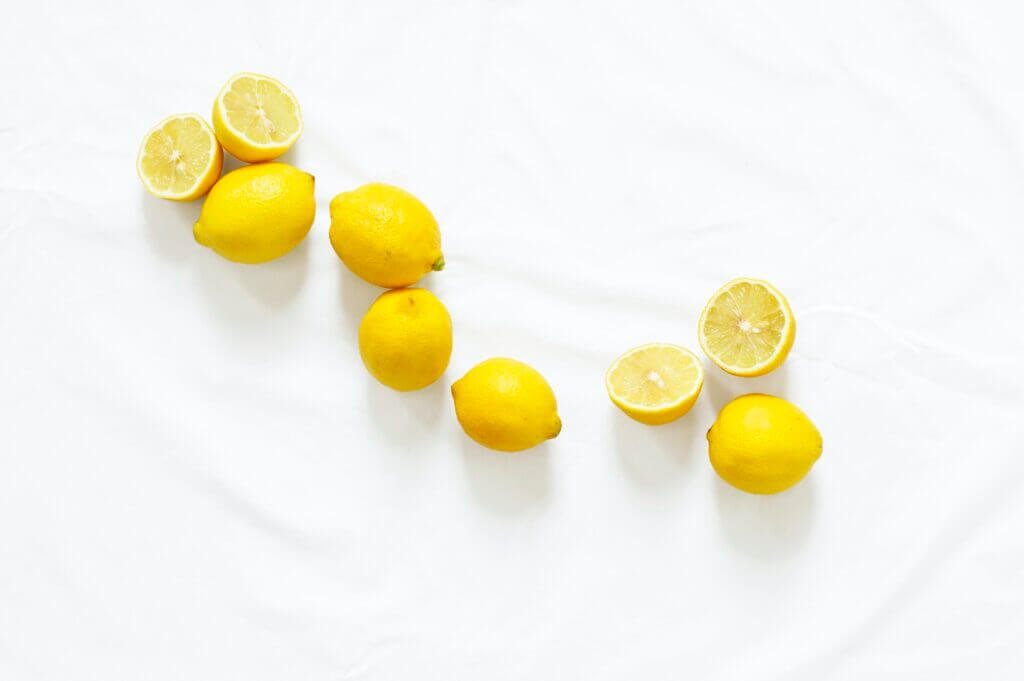
Aquatic exercises
Aquatic exercises are ideal for individuals over 50 who are looking for low-impact, joint-friendly workouts. Water provides buoyancy, reducing the stress on your joints while providing resistance for a challenging workout. Whether you’re swimming laps, participating in water aerobics, or simply walking in the pool, aquatic exercises provide a full-body workout that improves cardiovascular fitness, strengthens muscles, and increases flexibility. The water’s resistance also helps with balance and coordination, making it a suitable exercise for individuals with arthritis or joint pain.
Elliptical trainer
The elliptical trainer is a popular low-impact exercise machine that simulates walking, jogging, or climbing stairs without the excessive strain on your joints. It is an excellent cardiovascular workout that targets multiple muscle groups, including the legs, glutes, and arms. Using an elliptical trainer allows you to adjust the intensity level and resistance based on your fitness level and preferences. It provides a smooth and fluid motion that reduces the impact on your knees, hips, and ankles. Whether you prefer using an elliptical trainer at home or at a gym, it is an effective way to improve cardiovascular fitness, burn calories, and maintain joint health.
Step aerobics
Step aerobics is a low-impact exercise that combines cardiovascular fitness with strength training. It involves using a raised platform or step to perform a series of coordinated movements, such as stepping up and down, lunges, and knee lifts. Step aerobics improves aerobic capacity, enhances lower body muscle strength, and burns calories. It is a versatile exercise that can be customized to your fitness level by adjusting the platform height or incorporating arm movements. Whether you join a class or follow online tutorials, step aerobics offers a fun and effective way to stay active and boost your fitness over 50.
Low-impact dance
Low-impact dance classes, such as Zumba Gold or low-impact aerobics, are a great option for individuals over 50 who enjoy dancing but want to minimize stress on their joints. These classes use modified movements and slower-paced routines to reduce impact while preserving the fun and energetic nature of dance. Participating in low-impact dance not only improves cardiovascular fitness but also enhances coordination, agility, and balance. It allows you to express yourself through movement while enjoying the rhythm of the music. Whether you’re a beginner or an experienced dancer, low-impact dance classes provide a welcoming and inclusive environment for individuals of all fitness levels.
Functional Training
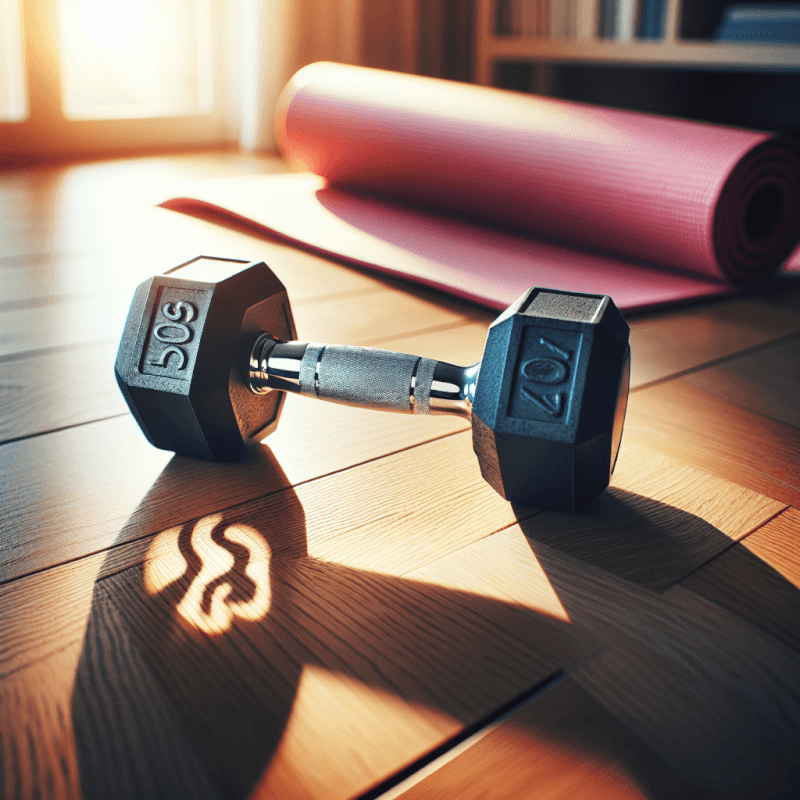
Squat
Squats are a functional exercise that targets multiple muscle groups, including the quadriceps, hamstrings, glutes, and core. This compound movement mimics the motion of sitting down and standing up, making it highly applicable to daily activities. Squats not only strengthen your lower body muscles but also improve balance, stability, and overall functional fitness. They can be performed using your body weight, dumbbells, or a barbell, allowing for progression and adaptation based on your fitness level. Incorporating squats into your routine promotes proper movement patterns, enhances mobility, and helps prevent falls and injuries.
Lunges
Lunges are an effective functional exercise that strengthens your leg muscles while improving balance and stability. This exercise targets the quadriceps, hamstrings, glutes, and calves, making it a comprehensive lower body workout. Lunges can be performed in various ways, including forward lunges, backward lunges, side lunges, and walking lunges. They can also be modified to suit different fitness levels and accommodate any knee or joint issues. Lunges enhance hip flexibility, increase lower body strength, and promote symmetry. Adding lunges to your workout routine can help improve functional movements like walking, climbing stairs, and lifting objects.
Plank
The plank is a popular exercise for individuals of all ages, including those over 50, as it targets multiple muscle groups and improves overall core strength. It engages the abdominal muscles, lower back, hips, and shoulders. Holding the plank position strengthens the core, enhances stability, and improves posture. Planks can be modified to suit different fitness levels by performing them on your forearms or hands and adjusting the duration of the hold. The plank exercise is highly beneficial for improving spinal alignment, preventing back pain, and enhancing overall functional fitness.
Push-ups
Push-ups are a classic exercise that strengthens the upper body, particularly the chest, shoulders, triceps, and core. They also engage the muscles of the back, arms, and even the legs if performed correctly. Push-ups can be modified to accommodate various fitness levels, making them suitable for individuals over 50. You can start with incline push-ups against a wall or a sturdy surface and gradually progress to performing them on the floor. Push-ups improve upper body strength, enhance muscle tone, and increase stability. They also promote better posture and functional movements like pushing and lifting.
Core Strengthening
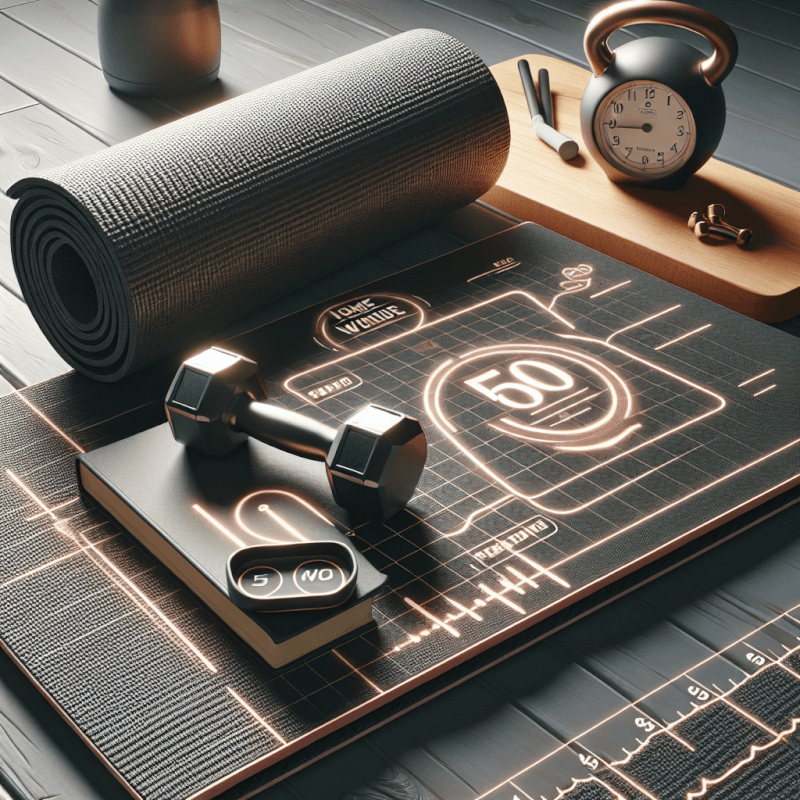
Sit-ups
Sit-ups are a traditional core exercise that targets the abdominal muscles, particularly the rectus abdominis. They involve lying on your back, bending your knees, and lifting your upper body towards your thighs. Sit-ups help strengthen the muscles of the core, improve posture, and enhance overall stability. However, it is important to perform sit-ups with proper form to avoid straining your neck or lower back. If you experience any discomfort, you can modify the exercise by placing your hands behind your head or using a stability ball for support. Incorporating sit-ups into your routine can help tone your abs and improve functional movements like bending and twisting.
Crunches
Crunches are another effective exercise to strengthen the abdominal muscles and improve core stability. They involve lying on your back with your knees bent, lifting your upper body slightly off the floor, and contracting your abs. Crunches target the rectus abdominis and oblique muscles, enhancing overall core strength and definition. They can be modified by placing your hands behind your head or across your chest to reduce strain on your neck. Incorporating crunches into your routine can help improve posture, increase abdominal strength, and provide a solid foundation for functional movements.
Russian twists
Russian twists are a challenging exercise that targets the oblique muscles, helping to strengthen the core and improve rotational stability. To perform Russian twists, sit on the floor with your knees bent, lean back slightly, and lift your feet off the ground. Hold a weight or medicine ball in front of you and twist your torso from side to side, tapping the weight on the ground next to your hips. This exercise engages the abdominal muscles, including the rectus abdominis and obliques, as well as the muscles of the back and hips. Russian twists help improve core stability, increase torso mobility, and enhance overall rotational strength.
Leg raises
Leg raises are a great exercise to target the lower abdominal muscles, hip flexors, and hip stabilizers. They involve lying flat on your back and lifting your legs off the ground while keeping them straight. Leg raises can be performed with your hands by your sides or under your glutes for added support. This exercise not only builds strength in the lower abdominals but also improves hip mobility and stability. Leg raises can be modified by bending your knees or performing the exercise on an incline bench if needed. Incorporating leg raises into your routine can help strengthen your core, improve lower body control, and support functional movements like walking and balancing.
Stretching Exercises
Neck stretches
Neck stretches are essential for maintaining flexibility and relieving tension in the neck and shoulder area. They help reduce stiffness, improve range of motion, and promote relaxation. Neck rolls, side bends, and gentle ear-to-shoulder stretches are effective stretches to release tension in the neck. It is important to perform these stretches slowly and without force, avoiding any sudden movements that may cause discomfort. Incorporating neck stretches into your routine can help alleviate neck pain, improve posture, and enhance overall neck and shoulder mobility.
Shoulder stretches
Shoulder stretches are beneficial for individuals over 50 as they help reduce stiffness, improve range of motion, and enhance shoulder flexibility. Stretching the shoulders can alleviate tension and promote better posture. Shoulder rolls, arm circles, and shoulder stretches using a resistance band are effective ways to stretch the shoulder muscles. It is important to perform these stretches gently and within your comfort zone, avoiding any excessive pulling or pain. Regular shoulder stretching can help prevent shoulder injuries, decrease muscle imbalances, and enhance overall upper body function.
Hamstring stretches
Hamstring stretches are important for individuals over 50 as they help improve flexibility, prevent muscle imbalances, and reduce the risk of muscle strains. Tight hamstrings can contribute to lower back pain and limit hip mobility. Seated forward bends, standing hamstring stretches, and lying hamstring stretches are effective ways to stretch the hamstrings. It is important to perform these stretches with control and without bouncing, maintaining a steady stretch for 15-30 seconds. Stretching the hamstrings regularly can enhance lower body flexibility, improve posture, and support functional movements like walking and bending.
Calf stretches
Calf stretches are essential to maintain flexibility, prevent muscle imbalances, and minimize the risk of calf strains or injuries. Tight calf muscles can lead to foot and ankle problems, as well as affect overall lower body movement. Standing calf stretches, wall stretches, and seated calf stretches are effective ways to stretch the calf muscles. It is important to stretch both the gastrocnemius muscle (larger calf muscle) and soleus muscle (smaller calf muscle) for comprehensive stretching. Hold each stretch for 15-30 seconds and repeat on both legs. Regular calf stretching can improve lower body flexibility, promote better ankle mobility, and support activities such as walking, running, and climbing stairs.
Joint Mobility Exercises
Arm circles
Arm circles are a simple and effective exercise to improve joint mobility and flexibility in the shoulders, arms, and upper back. To perform arm circles, stand with your feet shoulder-width apart and extend your arms out to the sides. Rotate your arms forward in small circles, gradually increasing the size of the circles. After a few repetitions, reverse the direction and rotate your arms backward. Arm circles can be done with or without weights, depending on your comfort and fitness level. Regular practice of arm circles can help improve shoulder range of motion, alleviate shoulder stiffness, and promote better upper body mobility.
Wrist rolls
Wrist rolls are a beneficial exercise to improve joint mobility and flexibility in the wrists and forearms. They help increase wrist strength, enhance grip, and reduce the risk of wrist injuries. To perform wrist rolls, hold a lightweight dumbbell or a small water bottle in your hand. Extend your arm in front of you, palm facing down, and gently roll the wrist in a circular motion. After a few repetitions, reverse the direction and roll the wrist in the opposite direction. Wrist rolls can also be done without any weight by simply mimicking the motion with your hand. Regular practice of wrist rolls can help improve wrist mobility, reduce stiffness, and enhance overall hand dexterity.
Knee lifts
Knee lifts are a simple and effective exercise to improve joint mobility and flexibility in the hips, knees, and ankles. They help increase lower body strength, improve balance, and enhance overall lower extremity function. To perform knee lifts, stand tall with your feet hip-width apart. Lift one knee as high as comfortable while maintaining proper posture and balance. Lower the leg back down and repeat with the other leg. Knee lifts can be performed with or without holding onto a stable surface for support if needed. Regular practice of knee lifts can help increase hip and knee range of motion, improve leg strength, and support functional movements like walking and climbing stairs.
Ankle rotations
Ankle rotations are a beneficial exercise to improve joint mobility and flexibility in the ankles and feet. They help increase ankle stability, enhance proprioception, and reduce the risk of ankle sprains. To perform ankle rotations, sit or stand with one leg raised off the ground. Slowly rotate the ankle clockwise and then counterclockwise. Repeat with the other leg. Ankle rotations can also be done while seated by extending one leg out in front of you and rotating the ankle in circular motions. Regular practice of ankle rotations can help improve ankle mobility, increase lower leg strength, and support activities such as walking, running, and balance.
Chair Exercises
Seated marching
Seated marching is a simple but effective exercise that can be performed in a chair to enhance lower body strength and cardiovascular fitness. This exercise targets the hip flexors, quadriceps, and core muscles. Sit tall in a chair, lift one knee towards your chest, and then lower it back down. Alternate legs and repeat the movement for a set number of repetitions or a duration that is comfortable for you. Seated marching can help increase leg strength, improve lower body circulation, and elevate heart rate. It is a convenient exercise that can be incorporated into your daily routine to keep you active and maintain overall fitness.
Arm curls
Arm curls are an excellent chair exercise to strengthen the biceps, which are the muscles located on the front of the upper arms. Sit up straight with your feet flat on the floor, hold a set of dumbbells or resistance bands in your hands, and allow your arms to hang by your sides. Bend your elbows and lift the weights towards your shoulders, contracting the biceps. Lower the weights back down and repeat for a set number of repetitions. Arm curls help increase upper body strength, improve arm definition, and promote functional movements like lifting and carrying objects. They can be modified to suit your fitness level by using lighter or heavier weights.
Shoulder shrugs
Shoulder shrugs are a simple yet effective exercise to strengthen the muscles of the upper back, shoulders, and neck. Sit up straight in a chair, let your arms hang naturally by your sides, and lift your shoulders towards your ears. Hold the shrug for a few seconds, then relax and lower your shoulders back down. Repeat for a set number of repetitions. Shoulder shrugs help improve posture, reduce neck and shoulder tension, and enhance overall upper body strength. They can be performed with or without weights, depending on your preference and fitness level.
Leg extensions
Leg extensions are a chair exercise that targets the quadriceps, which are the muscles located on the front of the thighs. Sit upright in a chair with your back supported, extend one leg forward, and lift it towards the ceiling, straightening the leg. Hold the extended position for a few seconds, then lower the leg back down. Repeat with the other leg. Leg extensions help strengthen the quadriceps, increase lower body stability, and support functional movements like walking and climbing stairs. If needed, you can add ankle weights or use a resistance band around your ankles to intensify the exercise.

